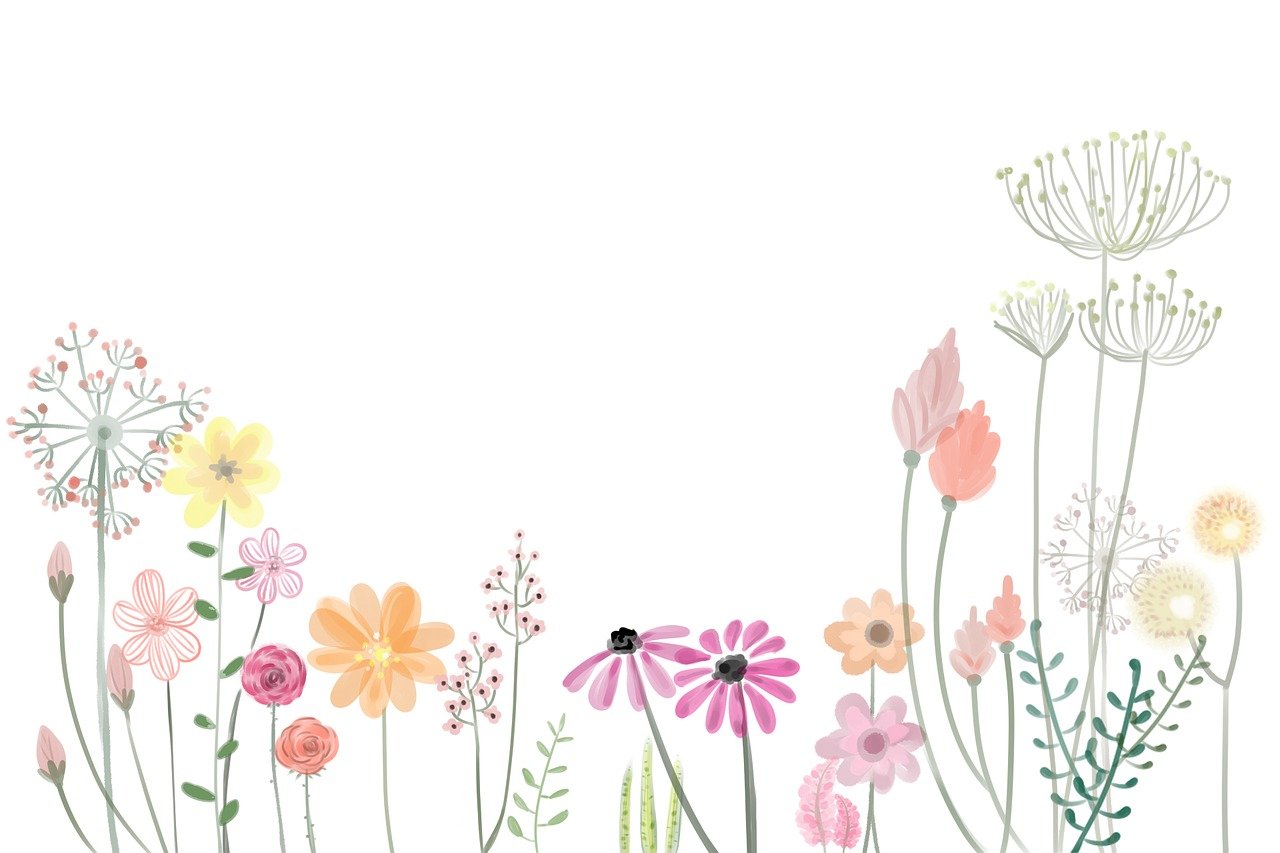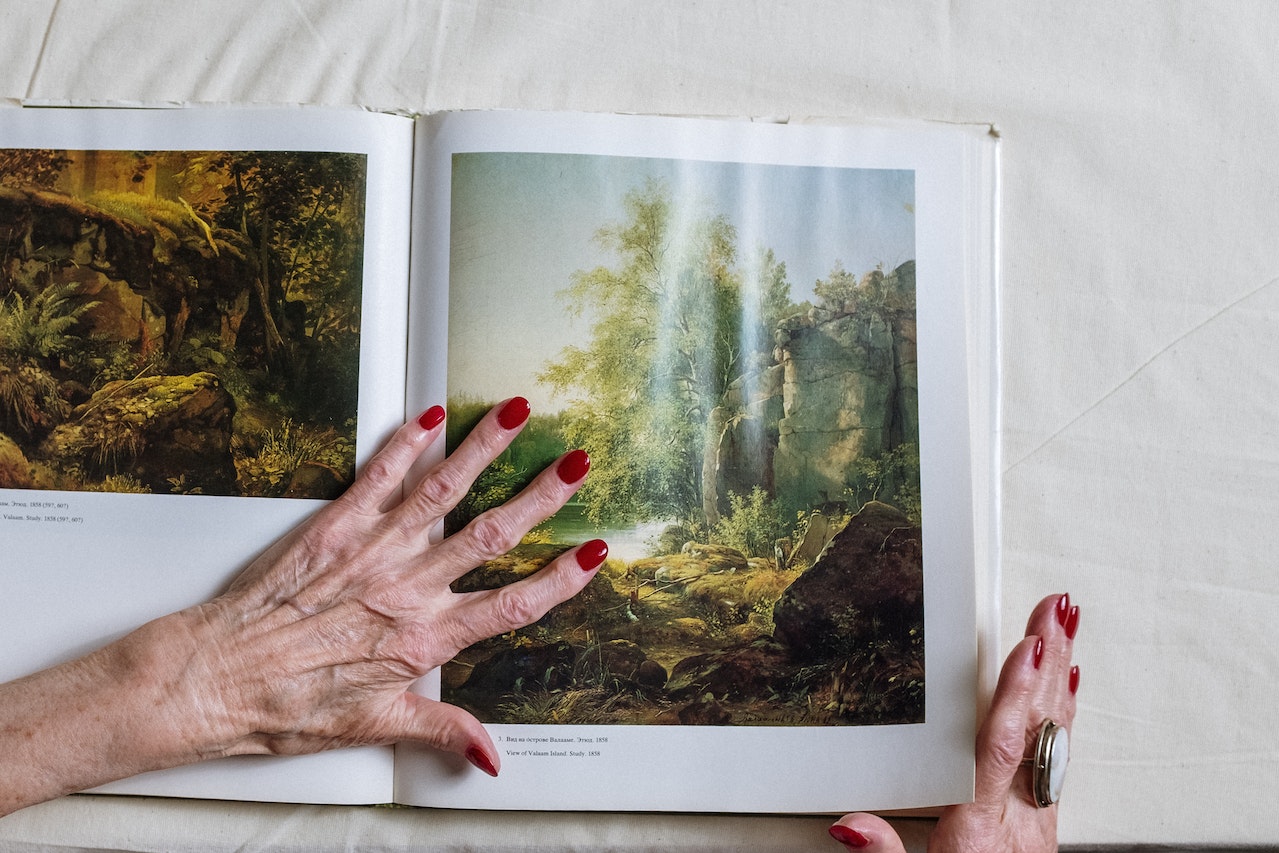Printing Materials: Romance Literature & Its Characteristics
Candlelight, eating with your partner, watching the sunrise together, all of this is now understood as romantic.
However, Romanticism also denotes an epoch of cultural history. It began at the end of the 18th century and ended at the beginning of the 19th century. In terms of literature, Romanticism is dated from 1795 to 1835 and is divided into Early Romanticism until 1804, High Romanticism until 1815, and Late Romanticism until 1835. Thanks to printing tools and HP ink toner, you can read about romance literature today. Because of printing equipment, people can read cultural history and romanticism through books and other printed materials.
Romanticism Literature – Period and Background
Romanticism can be described as a pan-European intellectual and art historical epoch. It began at the end of the 18th century and lasted until the 1930s. Germany was the center of Romanticism.
In terms of content, the representatives of Romanticism dealt with a fundamental departure from the ideals of the Weimar classic.
The Weimar classic is a literary epoch that lasted from the end of the 18th to the beginning of the 19th century. It was strongly oriented towards classical ancient poets and was represented and shaped by Goethe, Schiller, Herder, and Wieland, the so-called four stars. The city of Weimar was the central place of creation and the birthplace of many famous works.
Important motives of romantic art were also the freedom of the individual and his creative work as well as a flight from the world and the longing for the Middle Ages.
Romanticism Literature – Characteristics, Themes, and Motives
Important themes, motifs, and characteristics of the literature of the Romantic period were alienation, feelings, love, subjectivity and the unconscious, the human psyche, the escape into dream and fantasy worlds, the rejection of the currently established, and the Longing for the absolute that can never be reached.
The most important characteristics of romanticism are the return to nature, the escape into dream and fantasy worlds, a glorification of the Middle Ages, and a rejection of the currently established.
The artists of the Romantic era wanted to break away from the ideals of the Weimar Classic. It was important to them that sensitivity, imagination, and the supernatural should be given more attention again.


